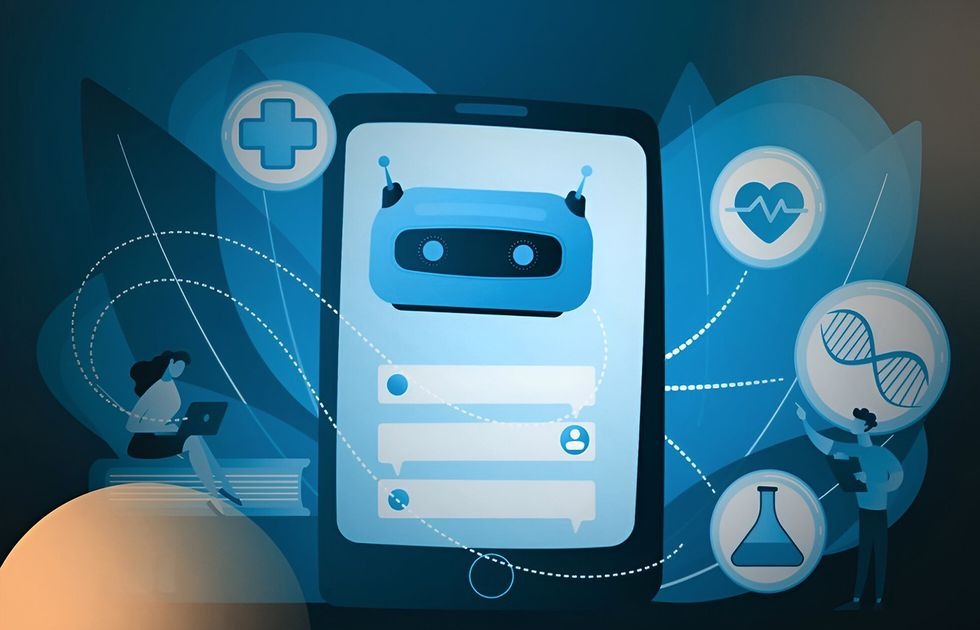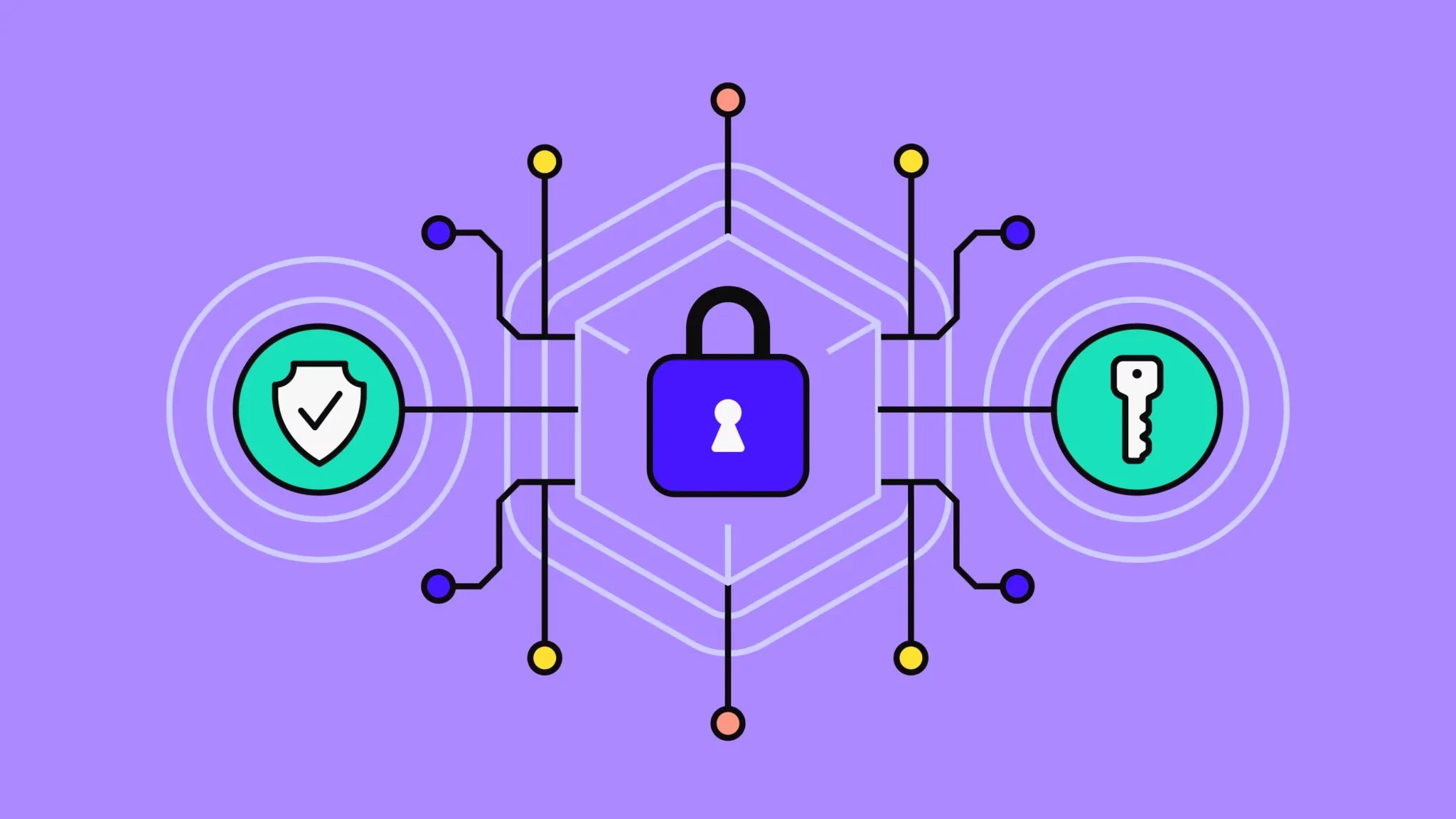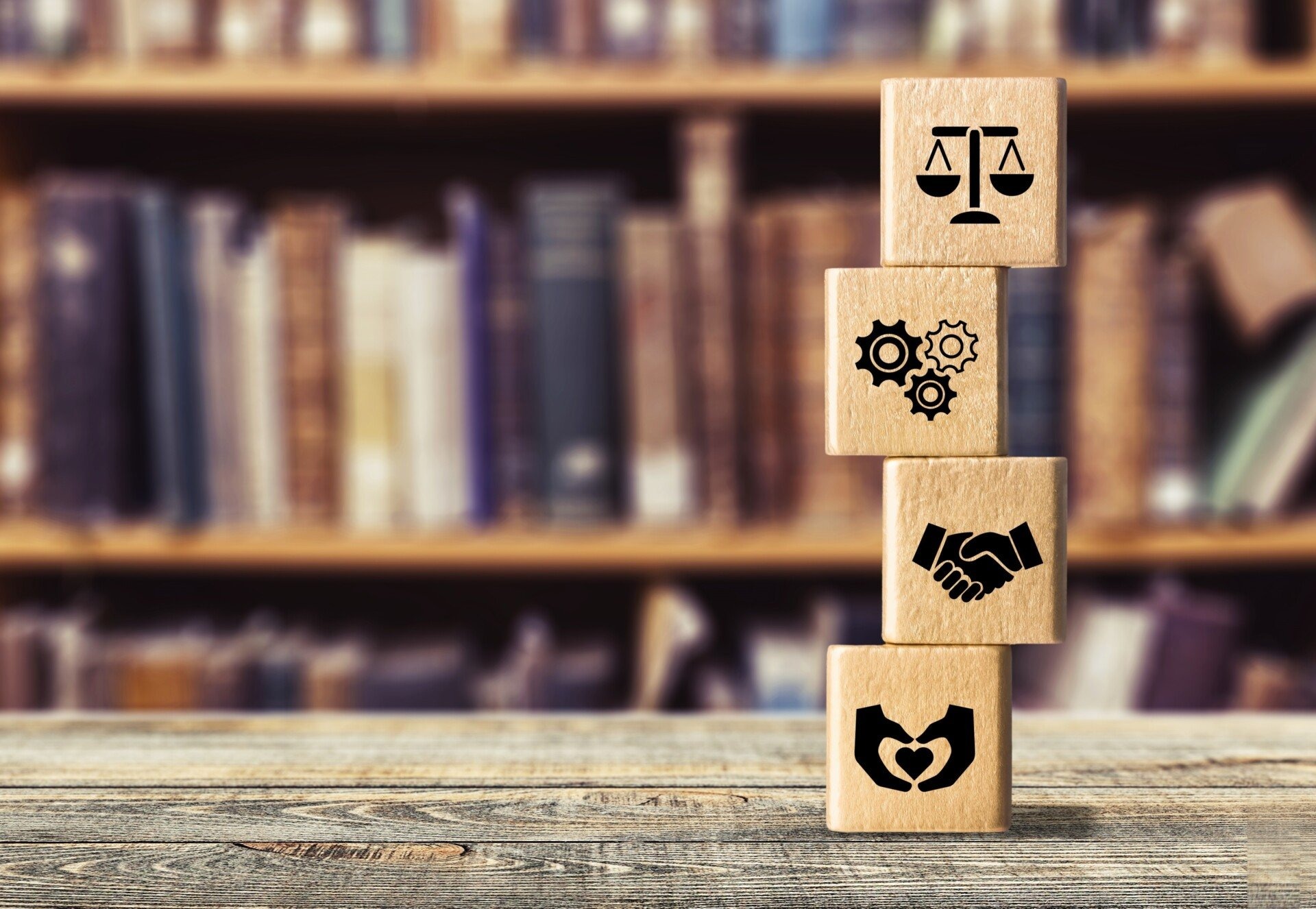What are Chatbots?
Chatbots are AI-powered programs designed to simulate human conversation through text or voice. They can engage with users in real-time, answering questions, providing support, and even completing transactions.
How Chatbots Work?
Chatbots use natural language processing (NLP) to understand and respond to user input. They are powered by machine learning algorithms that improve over time by learning from interactions and feedback.
Types of Chatbots
- Rule-Based Chatbots: These follow predefined rules and are typically used for simple tasks like answering frequently asked questions.
- AI-Powered Chatbots: These use machine learning to handle more complex interactions, understand context, and provide personalized responses.
Benefits of Chatbots
- 24/7 Availability: Chatbots can provide support and assistance at any time of day, improving customer service efficiency.
- Cost-Effective: By automating routine tasks, businesses can reduce operational costs and free up human agents for more complex issues.
- Scalability: Chatbots can handle an unlimited number of customer interactions simultaneously, making them ideal for businesses with large customer bases.
- Enhanced Customer Experience: With faster response times and personalized interactions, chatbots can improve overall customer satisfaction.
Challenges and Limitations
- Understanding Complex Queries: While AI-powered chatbots are improving, they still struggle with complex, nuanced, or ambiguous queries.
- Emotional Intelligence: Chatbots lack the ability to understand human emotions fully, which can sometimes lead to a disconnect in customer service interactions.
The Future of Chatbots
As AI continues to advance, chatbots will become more sophisticated, offering even more seamless and intuitive interactions. In the near future, we may see chatbots integrated into every aspect of customer service, from healthcare to e-commerce.








